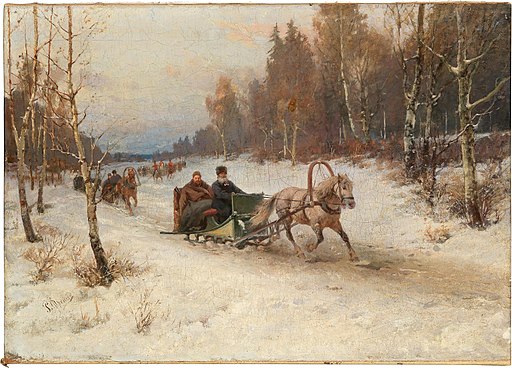In the Time of the Virus

Rosana Martinelli, mayor of Sinop, a city in the Brazilian state of Mato Grosso, meets with schoolchildren in May 2020, before the coronavirus pandemic gripped that country. Photo provided by Rosana Martinelli.
The experiment of returning children en masse to in-person learning from teachers in school buildings is bound to fail. The primary reason for trying it out is to mollify those right wing supporters of the current president who are clamoring loudly for schools to reopen for a number of reasons, but mostly to do with denying the reality of the pandemic while somehow boosting their cult leader’s chances of reelection in November. The experiment will fail before November, and the school boards responsible for catering to right wing extremists can then say that they tried. Meanwhile, thousands of people will fall ill unnecessarily and some will die, sacrificed to the experiment.
An episode of Pocoyo called “Don’t Touch!” wherein Pocoyo, a very young boy, tries and fails to restrain himself from touching, demonstrating a lack of self-control natural to small children. Narration is by Stephen Fry.
There are other people, surely, with reasons for wanting the schools opened for in-person attendance. Working class families, for instance, many with only a single parent, have managed with great difficulty the extra burden of their children staying home more than usual. Those are the people most in need of assistance now, both financially and by having school districts reach out to them with help in keeping their children safe at home and learning. Family circumstances have changed in the century since the Spanish Flu outbreak, when it was more likely that one parent would be home during the day.
It would not serve today’s parents well to have their children exposed to risk at school, where they might easily pick up the coronavirus from classmates and then bring it home to their families. Working class parents already expose themselves to risk because they cannot afford to quarantine at home, but most go out in public to work, many of them in low-paid service economy jobs with few, if any, health benefits. Keep the kids at home for now, where being out of touch during a pandemic can be a good thing.
— Vita 














